Our digital content writer Lynn Soubra spent one week in Paris and Normandy to learn all about French dairy cream
Butter, ice cream, custard, sauces, soups, and stews: cream is in of some of the most loved foods today, but it is one of those ingredients to which I never really paid attention. That was until I was invited to learn all about it from three experts in the dairy land of the world, France.
Poetry in motion with Yann Couvreur
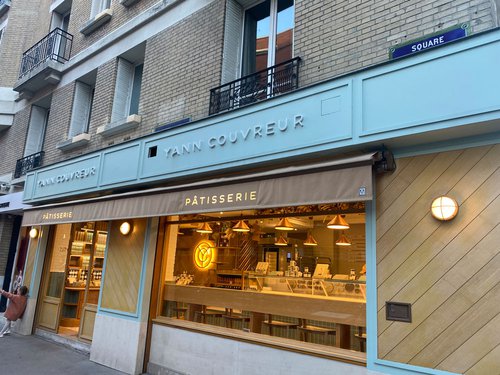
I couldn’t have imagined a better way to start my French cream takeover than to be accompanied by six passionate foodies, surrounded by the billowing aroma of butter, cream and vanilla at famed pâtisserie Yann Couvreur in the heart of Paris. Endless rows of freshly baked tarts, choux puffs, sablés, cookies and pains au chocolat were beautifully displayed across the store. Like a flock of excited ducklings, we waddled to the outdoor-facing stools to share a spread of sweets and savouries as we looked onto the charming streets of the capital.
Stomachs full and happy, we headed to our first masterclass hosted by none other than Yann himself, where we watched him transform French cream, flour, and eggs, among other ingredients, into one of his signature creations, Tarte ISATIS: a buttery pâte sucrée (sweet pastry dough) filled with velvety-smooth almond cream, toasted pecans and caramel topped with vanilla whipped cream and more pecans.
With countless options available in the market, a good rule of thumb for choosing the right whipping cream is to opt for high-fat content. "The cream I work with the most is the 35 per cent-fat cream because it's stable, sterilised and has great yield, which makes it ideal," said Yann. "Not to mention that it tastes great. I like my creams to have a bit of acidity."
It was then our turn to add the finishing touches to ready-made individual portions of Yann's tart. Guided by the chef, we each piped the whipped cream onto the dessert and meticulously placed the pecans on top. I think mine got his seal of approval...?
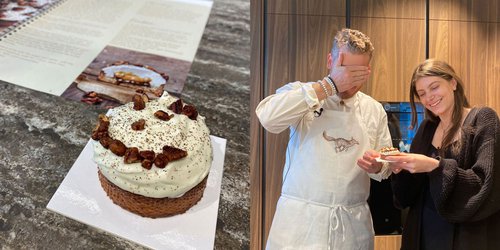
Yann’s tip for home cooks working with whipped cream is to keep things cool. "Whipped cream will be much more resistant when whipped in a cold vessel," he explained. "Don't hesitate to put the cream, the vessel and even the whisk in the fridge before whipping it."
As for using cream in hot applications, like ganache-making, Yann suggests warming it up instead of boiling it. "Sometimes it's only required to have the cream hot enough to melt the chocolate," he said. "The more we boil the cream, the more we strip it from its nutrients."
Castle takeover with Nicolas Fages
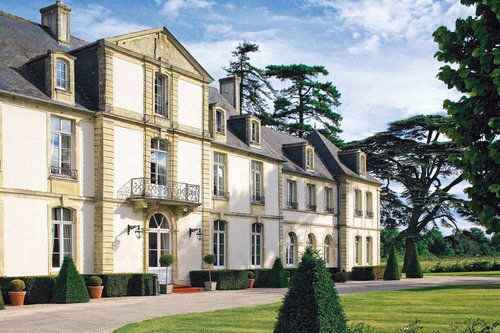
The second masterclass took us beyond the capital. We went north to beautiful Normandy to meet Nicolas Fages, head chef of the historic Château de Sully's Michelin-starred restaurant.
Our time with Nicolas was as enriching as it was fun. We explored the lush lands surrounding the 18th century château to forage whatever the season had to offer in preparation for our workshop. We found fresh sage, fennel, chives, rosemary, mint, marigolds, and Normandy’s famous apples.
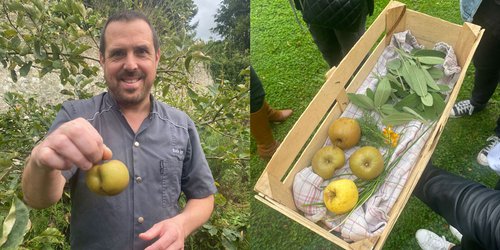
After a cream-tasting session, Nicolas taught us how to make butter the old-fashioned way: by shaking a jar of high-fat cream. "By law in France, a dairy product is considered cream when its fat content is at least 30 to 35 per cent, which is crucial for making things like butter," explained Nicolas. After quite some shaking, the fat in the cream separated from the liquid (known as whey), we then strained the contents through a cheesecloth and voilà, butter! We let it rest in the fridge before garnishing it with some of our garden finds and enjoying it with crusty bread.
"We prefer salted butter in regions like Normandy and Bretagne, compared to Paris, where butter is unsalted," said Nicolas. "Semi-salted butter is made with two per cent salt, and the fully salted butter with four."
Then, Nicolas gave us free rein in his kitchen to recreate four of his recipes highlighting the versatility of French cream. We split into teams of two to make silky Livarot (soft Norman cow milk cheese) cubes using cream infused with agar-agar, fresh spreadable cheese quenelles with cream cheese, heavy cream, seaweed, mint and apples, moreish cream-coated salmon skewers dipped in za’atar, chia seeds and chives, and my favourite, fragrant sage and rosemary-infused panna cotta made with whole milk and cream.
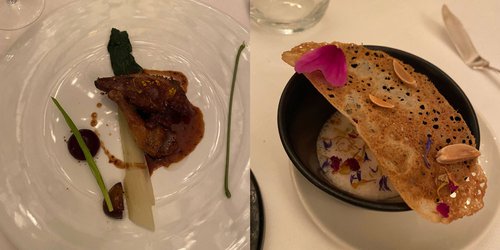
Come nightfall, we bid adieu to Normandy and Nicolas with a private dinner pulled straight out of a period film. The chef and his team treated us to a multi-course meal fit for royalty in the château’s main dining hall, serving us plate after plate of mouth-watering cream-forward fare – leaving us with a newfound appreciation for the often-overlooked ingredient.
Kids again with Camille Eysseric
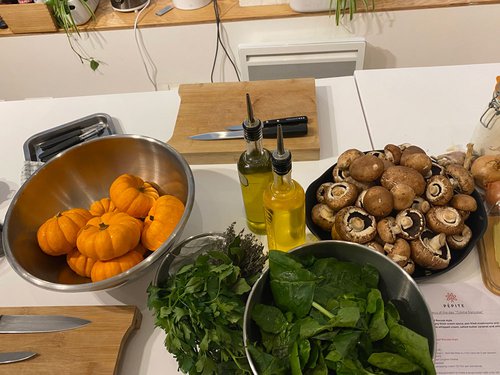
Back in Paris, it was time for our final masterclass.
After munching on delicious pains au chocolat at the moody Café d’Auteur, we headed next door to Pépite, a cosy culinary space that champions community and sustainability.
There, we met chef Camille Eysseric, a self-proclaimed ‘cooking nomad’ passionate about bringing people together over good food and high-quality products. "When you work with good products and producers, you don’t have to do much,” she said.

Music and laughter filled the air as we prepared a three-course meal during what felt like a dinner party with friends. The menu included baked Jack Be Little pumpkins stuffed with hand-cut croutons, cream and Gruyère cheese, chicken supreme in a luscious cream sauce with sautéed mushrooms and spinach, and baked apple roses with vanilla whipped cream and salted-butter caramel. The star of the show was crème fleurette, a pasteurised crème fraîche typically stored in the fridge. “Pasteurising cream removes certain pathogens while sterilising it eliminates them all,” explained Camille. “UHT cream, for example, is sterilised.”
Like Yann, Camille advises whipping cream while it’s cold and even suggests elevating its flavour with a few simple ingredients. "What’s fun about cream is that you can infuse it with spices and herbs before whipping it. Simply heat it, infuse it, strain it, and cool it before adding it to the cold cream,” said Camille. “You can also make savoury whipped cream to pair with things like salmon. I like to infuse mine with lemon zest and juice, shallots, and chives.”
And what happens when you accidentally overwhip cream? While I would say to power through and make butter, Camille believes there’s a way of salvaging it. “Keep extra cream on the side and fold it into the overwhipped cream with a spatula,” she explained. “That should just about do it.”
A week-worth of exploration, three master classes and lots of unforgettable memories later, my time in France came to an end, but my curiosity about the world of cream had only just begun.















